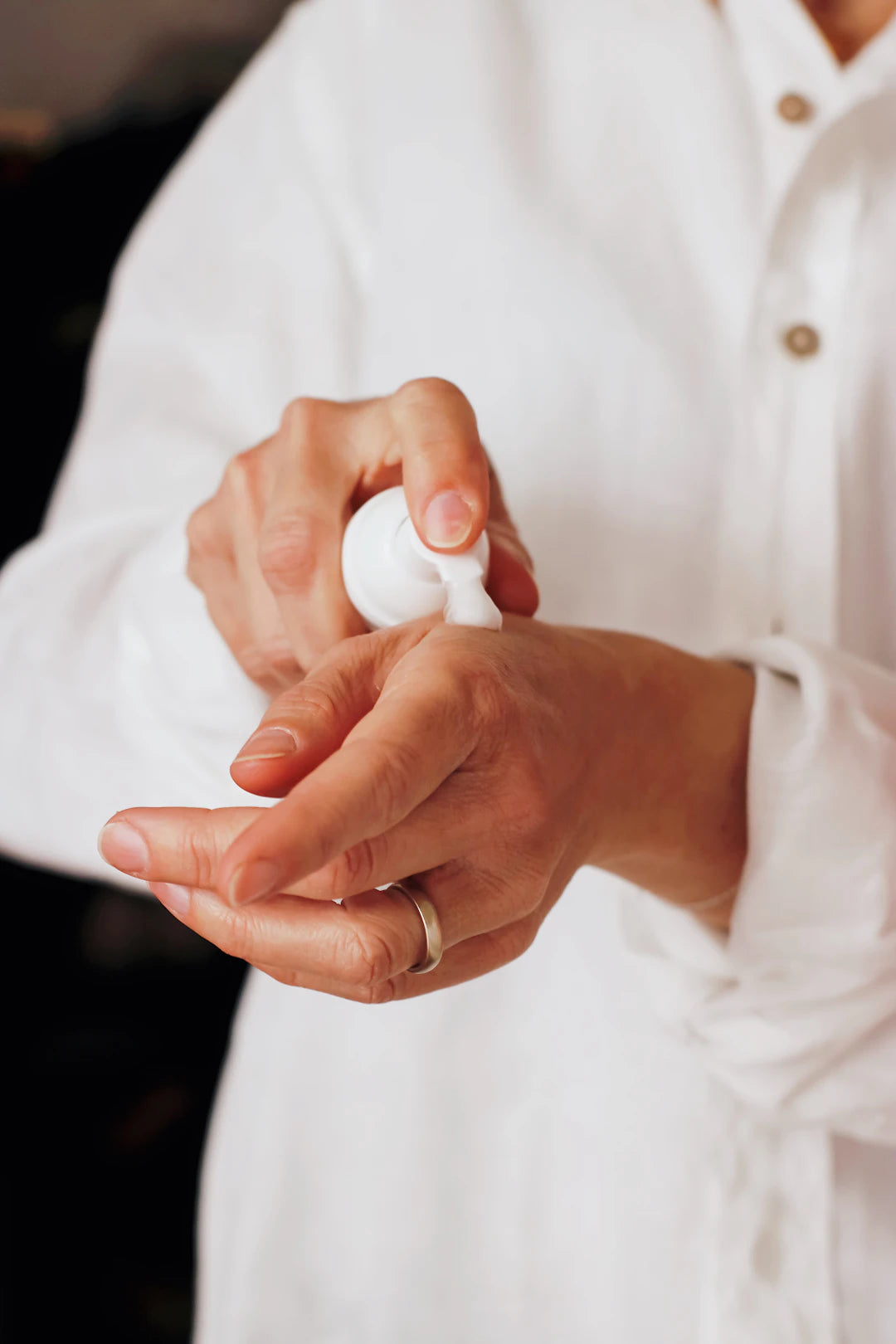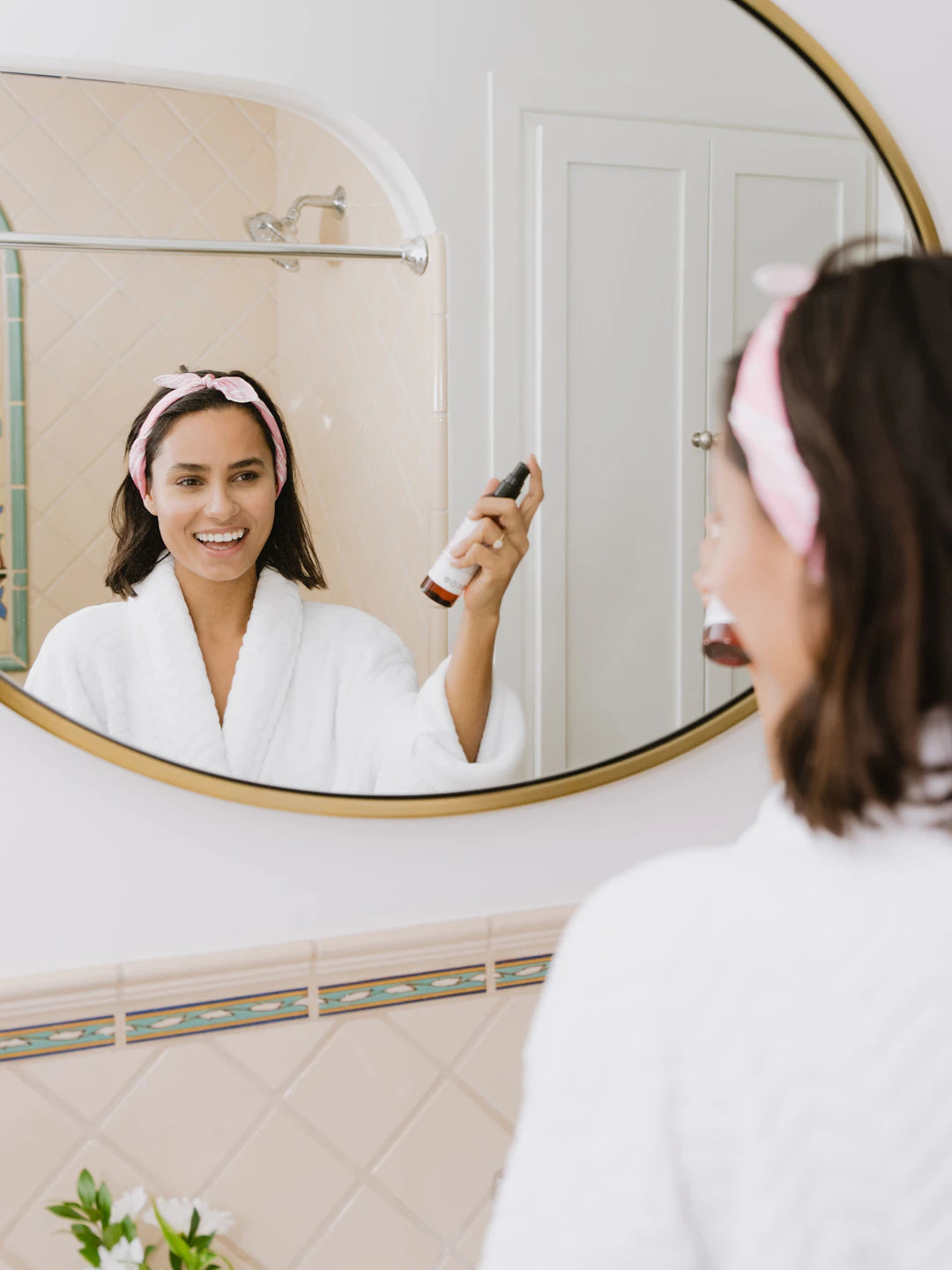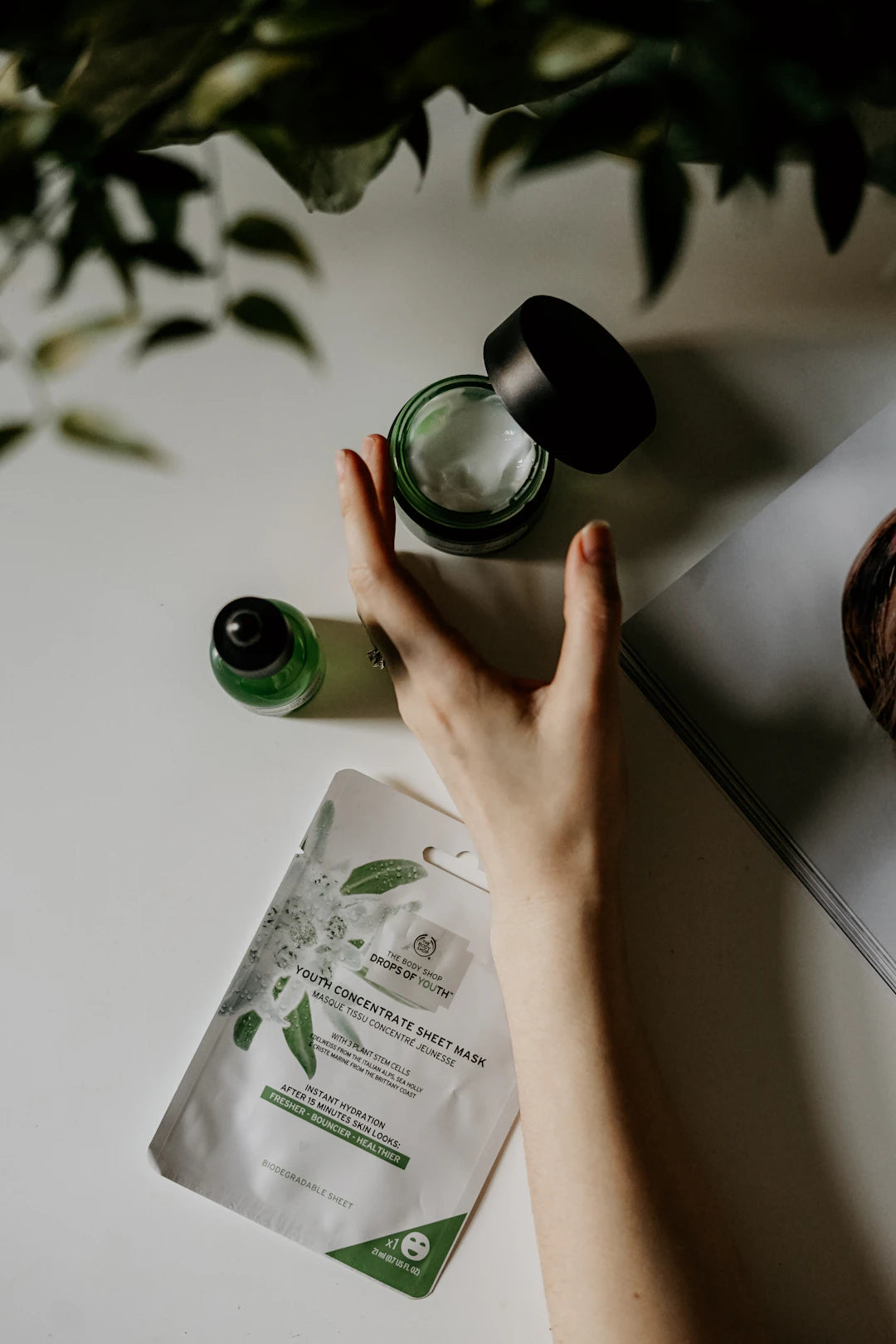Your Ultimate Guide to a Basic Skin Care Routine

Frequently Asked Questions
1. What are the basic steps in a skin care routine?
2. How do I choose the right cleanser for my skin type?
3. Why is toning important in a skin care routine?
4. How often should I moisturize my skin?
5. What additional treatments can I incorporate into my skin care routine?
Establishing a solid skin care routine is essential for maintaining healthy and radiant skin. Whether you have dry, oily, or seborrheic-prone skin, understanding the basic steps involved can help you achieve your desired complexion. In this guide, we will explore the essential steps in a basic skin care routine, incorporating helpful tips and techniques along the way.
Understanding Your Skin Type
Before diving into the steps of a basic skin care routine, it's important to understand your skin type. Identifying your skin type will not only guide you in selecting the right products but also help you determine any specific concerns that may require attention.
Common Skin Types
- Normal Skin: Balanced moisture, not too oily or dry.
- Oily Skin: Excess sebum production, with a shiny appearance.
- Dry Skin: Lacks moisture, appearing flaky or rough.
- Combination Skin: A mix of both oily and dry areas.
- Sensitive Skin: Often reactive, prone to redness and irritation.
Knowing your skin type will guide the products you'll choose, especially if you're focusing on seborrheic-prone skin treatment, as specific ingredients may need to be included in your skin care regimen.
Step 1: Cleansing
The first step in any effective skin care routine is cleansing. This crucial step helps to remove makeup, dirt, excess oil, and other impurities that accumulate throughout the day. Proper cleansing sets the stage for the further steps in your routine.
Choosing the Right Cleanser
When selecting a cleanser, consider your skin type. For oily or seborrheic-prone skin, look for a gel-based or foaming cleanser that can help to cut through excess oil. If you have dry skin, a cream or oil-based cleanser may be more appropriate as they offer hydration.
How to Cleanse
- Wet your face with lukewarm water.
- Apply a small amount of cleanser and massage it gently into your skin in circular motions.
- Rinse thoroughly and pat your face dry with a clean towel.
Step 2: Toning
After cleansing, toning is the next step in a basic skin care routine. Toners help to balance your skin's pH levels, tighten pores, and prepare your skin to better absorb the products that follow.
The Benefits of Toning
Toners can be particularly beneficial for those with oilier skin types, including seborrheic-prone skin, as they can help to remove any residual oil that cleansing might leave behind. Look for alcohol-free formulas to avoid stripping the skin of its natural moisture.
How to Apply Toner
- Soak a cotton pad with toner and sweep it across your face and neck.
- Alternatively, you can apply toner directly to your hands and pat it onto your skin.
Step 3: Serum
Serums are lightweight, fast-absorbing liquids that deliver a concentrated dose of active ingredients directly into the skin. They can target specific skin concerns such as hydration, acne, or visible signs of aging.
Choosing the Right Serum
When selecting a serum, be sure to choose one that correlates with your skin’s needs. For those with seborrheic-prone skin, look for serums that contain salicylic acid or niacinamide, which can be beneficial in regulating oil production and reducing breakouts.
How to Apply Serum
- Apply a few drops of serum to your fingertips.
- Gently press the serum into your skin, focusing on areas of concern.
Step 4: Moisturizing
Moisturizing is a crucial step in any skin care routine, as it helps to lock in moisture and keep your skin hydrated throughout the day. This is particularly important, even for oily or seborrheic-prone skin.
Why Moisturizing Matters
Many people believe that if they have oily skin, they shouldn’t use a moisturizer; however, it’s important to maintain hydration to avoid triggering your skin to produce even more oil. Choose a lightweight, non-comedogenic moisturizer that won’t clog your pores.
How to Apply Moisturizer
- Apply a dime-sized amount of moisturizer to your fingertips.
- Gently massage it into your skin using upward circular motions.
Step 5: Sun Protection
One of the most vital steps in any skin care routine is sun protection. The sun’s UV rays can cause premature aging, hyperpigmentation, and significantly increase the risk of skin cancer.
Choosing Sunscreen
It’s essential to choose a broad-spectrum sunscreen with an SPF of at least 30. Look for lightweight, oil-free formulas that are suitable for your skin type, particularly if you are prone to acne or excess oil.
How to Apply Sunscreen
- Apply sunscreen generously to all exposed areas of your skin.
- Reapply every two hours, or more frequently if swimming or sweating.
Customizing Your Routine
While the above steps outline a basic skin care routine, personalizing it will yield the best results. Consider factors such as your age, skin concerns, and lifestyle when selecting products and adjusting the frequency of application.
Frequency of Each Step
As a general rule, you should cleanse, tone, and moisturize twice daily – in the morning and evening. Serums can be applied based on your targeted skin concerns, while sunscreen should be applied every morning regardless of the weather.
Extra Treatments for Specific Needs
Beyond the basic skin care routine, you may want to incorporate additional treatments tailored to your skin needs. This could include masks, exfoliants, or spot treatments for targeted issues.
Exfoliation
Exfoliating 1-3 times a week can help slough off dead skin cells and reveal a brighter complexion. Chemical exfoliants like AHAs (alpha hydroxy acids) and BHAs (beta hydroxy acids) can gently exfoliate without the harshness of physical scrubs.
Face Masks
Integrating face masks into your routine can give your skin a boost. Hydrating masks are excellent for dry skin, while clay masks could be more appropriate for oily or seborrheic-prone skin, helping to draw out impurities and excess oil.
Tips for Long-Term Skin Health
While the steps outlined above make up the foundation of a basic skin care routine, there are additional lifestyle factors that can significantly contribute to the overall health of your skin.
Stay Hydrated
Drinking adequate water throughout the day can help maintain your skin's moisture barrier, leading to a plump and healthy appearance.
Maintain a Healthy Diet
Nourishing your body with a balanced diet rich in fruits, vegetables, and healthy fats can work wonders for your skin health. Nutrients such as vitamins C and E, omega-3 fatty acids, and antioxidants are particularly beneficial.
Get Enough Sleep
Adequate rest allows your skin to repair and rejuvenate overnight. Aim for 7-9 hours of sleep per night to help support your skin's health.
Unlocking Your Best Skin Yet
Establishing a basic skin care routine is a journey, and with consistency, patience, and proper care, you can achieve healthier skin. Always listen to your skin's needs and adjust your regimen as required. By following the essential steps outlined above, you’re on your way to unlocking the best version of your skin, whatever its unique characteristics may be. Remember, investing time in your skin today will pay off tomorrow!


